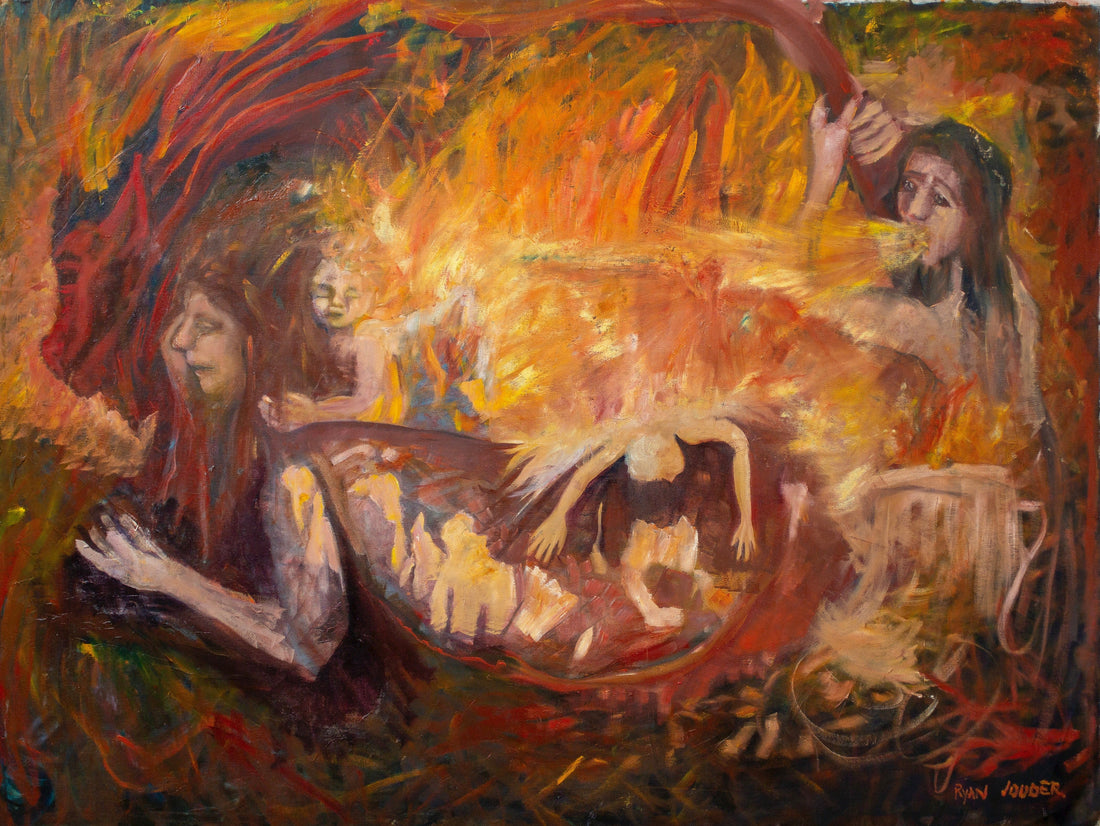
AI Will Never Create Profound Art Born of Suffering
Share
Ludwig van Beethoven’s heart-wrenching Heiligenstadt Testament of 1802 reveals a soul on the brink of despair:
“O you men who think or say that I am malevolent, stubborn or misanthropic, how greatly do you wrong me… for I am deaf.”
Facing the crushing reality of irreversible deafness, an affliction antithetical to his identity as a composer, Beethoven contemplated suicide. Yet, this profound suffering ignited a fierce resolve to create, yielding some of humanity’s most sublime musical achievements. This paradox—that immense personal anguish can forge profound art of transcendent beauty and depth—lies at the heart of human creativity and establishes a boundary that artificial intelligence, by its very nature, will never cross.
Profound art, as explored here, refers to works that transform deep human suffering or empathy into expressions of universal truth and resilience. The suffering in question is not fleeting discomfort but a visceral, often existential weight—personal trauma, loss, or an empathetic response to humanity’s collective pain. This raw experience infuses the creative act with authenticity and emotional resonance that mere aesthetic arrangement cannot replicate.
Beethoven’s journey is a quintessential example. His later works, born from the crucible of deafness and isolation, pulsate with unparalleled emotional complexity. The Ninth Symphony’s thunderous joy gains its power not just from melodic genius but from the profound silence from which it emerged, a testament to the human spirit’s triumph over agony. Similarly, Francisco Goya’s chilling “Black Paintings” reflect a mind scarred by madness and disillusionment, their haunting imagery emanating from a psyche grappling with humanity’s darkest impulses.
This theme resonates across art history. Rembrandt van Rijn’s self-portraits, painted amid bankruptcy and personal tragedy, reveal a weary yet dignified soul, their heavy brushwork capturing the pathos of human vulnerability. Vincent van Gogh and Frida Kahlo transformed their respective mental and physical torments into vibrant, defiant canvases, each brushstroke laden with the intensity of their struggles. Pablo Picasso’s Guernica, a visceral scream against the brutality of the Spanish Civil War, channels collective suffering with stark, cubist power, demonstrating art’s capacity to bear witness to universal pain.
What unites these works is the authenticity of suffering—whether personal or empathetically felt—that imbues them with enduring power. This brings us to the fundamental distinction between human-created profound art and AI’s outputs. While AI can analyze vast datasets, mimic styles, and generate aesthetically pleasing pieces, it lacks the capacity for genuine suffering or empathy. It can replicate Van Gogh’s brushstrokes or compose in Beethoven’s style, but these creations are hollow, devoid of the lived experience that lends human art its resonance.
AI operates on algorithms and probabilities, simulating emotional expression based on patterns, not feeling despair or the urge to transcend pain through creation. Some might argue that future AI could simulate emotions convincingly enough to blur this line, but even the most advanced simulation lacks the sentient, subjective experience of suffering. Without this, AI’s outputs remain calculated imitations, not authentic expressions born of a soul’s struggle. The more intelligent AI becomes, the less likely it is to experience the chaotic, painful emotional landscape that defines human existence.
In conclusion, profound art is not merely aesthetically pleasing; it is a testament to the human condition, forged in the crucible of suffering or deeply felt empathy. From Beethoven’s defiance of deafness to Goya’s dark visions, from Rembrandt’s weathered gaze to Picasso’s cries against war, human artists transform their unbearable burdens into enduring beauty. AI will never create profound art born of suffering, for it cannot know the agony of the soul, the sting of loss, or the quiet despair of existence. Its creations, however technically brilliant, will forever remain on the periphery of that deeply human domain we call profound art.